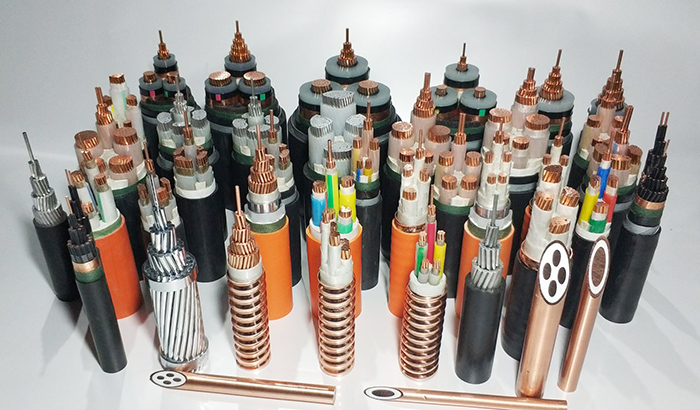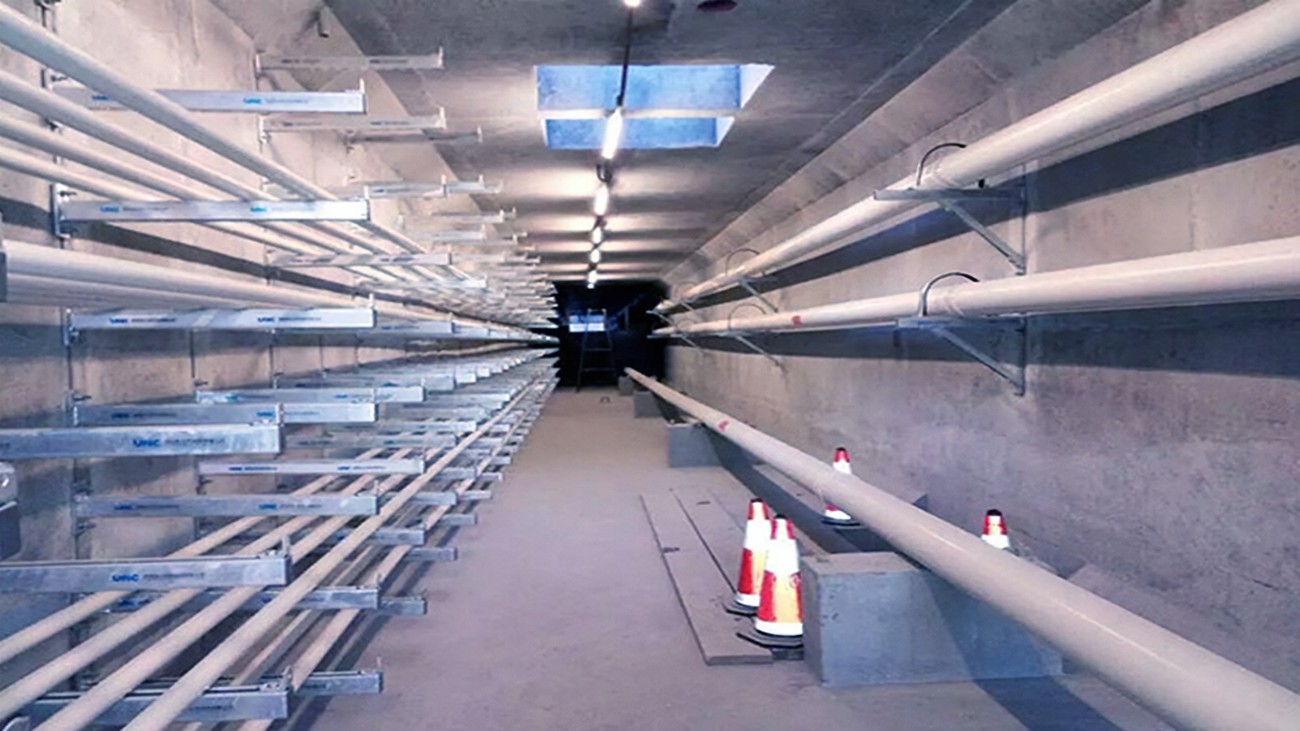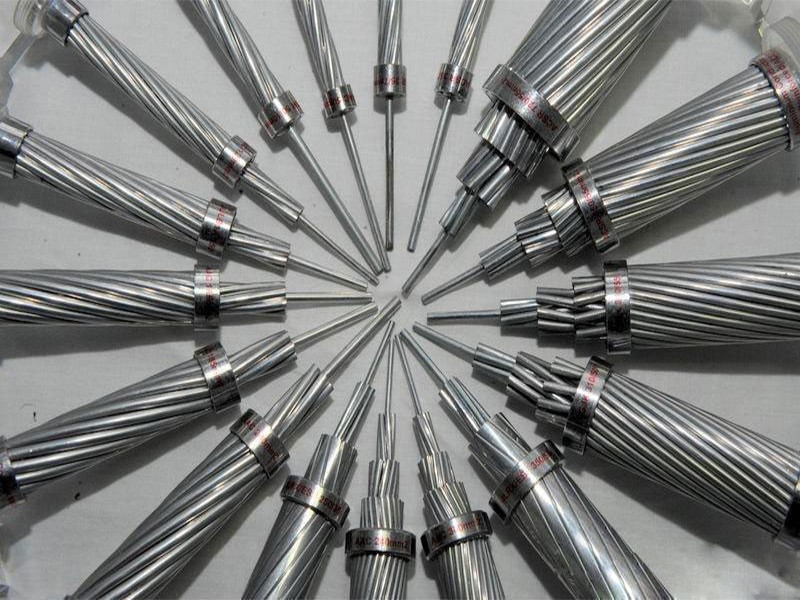Electricity transmission is a critical aspect of modern life, ensuring the efficient and reliable supply of power to homes, businesses, and industries alike.
One important decision in this process is choosing between aerial or underground power cables.
Both methods have their own unique advantages and disadvantages, which must be considered when planning a new transmission project.
In this article, we will assess the pros and cons of aerial and underground cables, highlighting their differences and potential implications.

Underground power cables, as the name suggests, are installed beneath the ground surface. These cables are typically made of specialized materials like polyethylene and are insulated to prevent electrical leakages.
They offer several benefits, including:
Reduced visual impact: Underground cables are hidden from view, resulting in a less intrusive presence compared to overhead lines.
Enhanced reliability: Underground installations are less susceptible to weather-related disturbances such as storms or strong winds, ensuring a more consistent power supply.
Lower maintenance requirements: Once buried, underground cables require minimal maintenance as they are protected from external elements.
Reduced electromagnetic interference: Underground cables generate significantly fewer electromagnetic fields, minimizing potential interference with electronic devices and communication systems.
Improved safety: The risk of accidents, such as electrocution or damage caused by falling conductors, is considerably lower with underground cables.
However, underground power cables also come with a few drawbacks, including:
Higher initial costs: The installation of underground cables is more expensive due to the labor-intensive process involved in digging trenches or using boring techniques to create suitable pathways.
Complex repairs: If an underground cable experiences a fault or breakdown, identifying and repairing the issue can be more challenging and time-consuming than overhead cables, which are easily accessible.
Limited capacity: Underground cables have a lower power-carrying capacity compared to aerial lines, which can limit their use in high-demand areas or for long-distance transmission.
Longer installation time: The process of burying cables underground can be time-consuming, leading to delays in project completion.

Overhead cables, also known as overhead lines, utilize a system of supported conductors to transmit electricity.
These conductors can be made of different materials, such as Aluminum Conductor Steel Reinforced (ACSR), Aluminum Alloy Conductor (AAC), or Aluminum Conductor Composite Reinforced (ACCR).
Overhead lines offer several advantages, including:
Lower initial costs: Overhead lines require fewer materials and involve simpler installation processes, resulting in lower upfront expenses compared to underground cables.
Higher power carrying capacity: Overhead lines can transmit more power over longer distances, making them ideal for high-demand areas or interconnecting regions.
Easier maintenance and repair: Faulty or damaged sections of overhead lines can be easily accessed and repaired, thereby reducing downtime and facilitating quicker restoration of power.
Flexibility and adaptability: Overhead lines offer greater flexibility for rerouting or expanding the transmission network, making them more adaptable to future changes in demand or infrastructure.
However, overhead cables also have their disadvantages, including:
Visual impact: Overhead lines are highly visible and can impact the overall aesthetics of landscapes, especially in areas of natural or scenic beauty.
Vulnerability to weather conditions: High winds, heavy snow, ice storms, and other severe weather events can disrupt overhead lines, leading to power outages or infrastructure damage.
Electromagnetic interference: Overhead lines can generate electromagnetic fields that may interfere with nearby electronic devices, communication systems, or even sensitive ecosystems.
Potential safety hazards: Overhead lines pose risks of accidental contact, especially when located near roads, paths, or public spaces.

Choosing the appropriate method for transmitting electricity requires a thorough assessment of the pros and cons presented by aerial and underground cables.
While underground power cables offer benefits such as reduced visual impact, enhanced reliability, and improved safety, they come with higher costs, more complex repairs, and limited capacity.
On the other hand, overhead cables provide advantages like lower initial costs, higher power carrying capacity, easier maintenance, and flexibility, but are susceptible to weather disruptions, visual impact, and potential electromagnetic interference.
Ultimately, the choice between aerial and underground cables depends on various factors, including the local environment, budget constraints, project requirements, and stakeholders' preferences in the decision-making process.